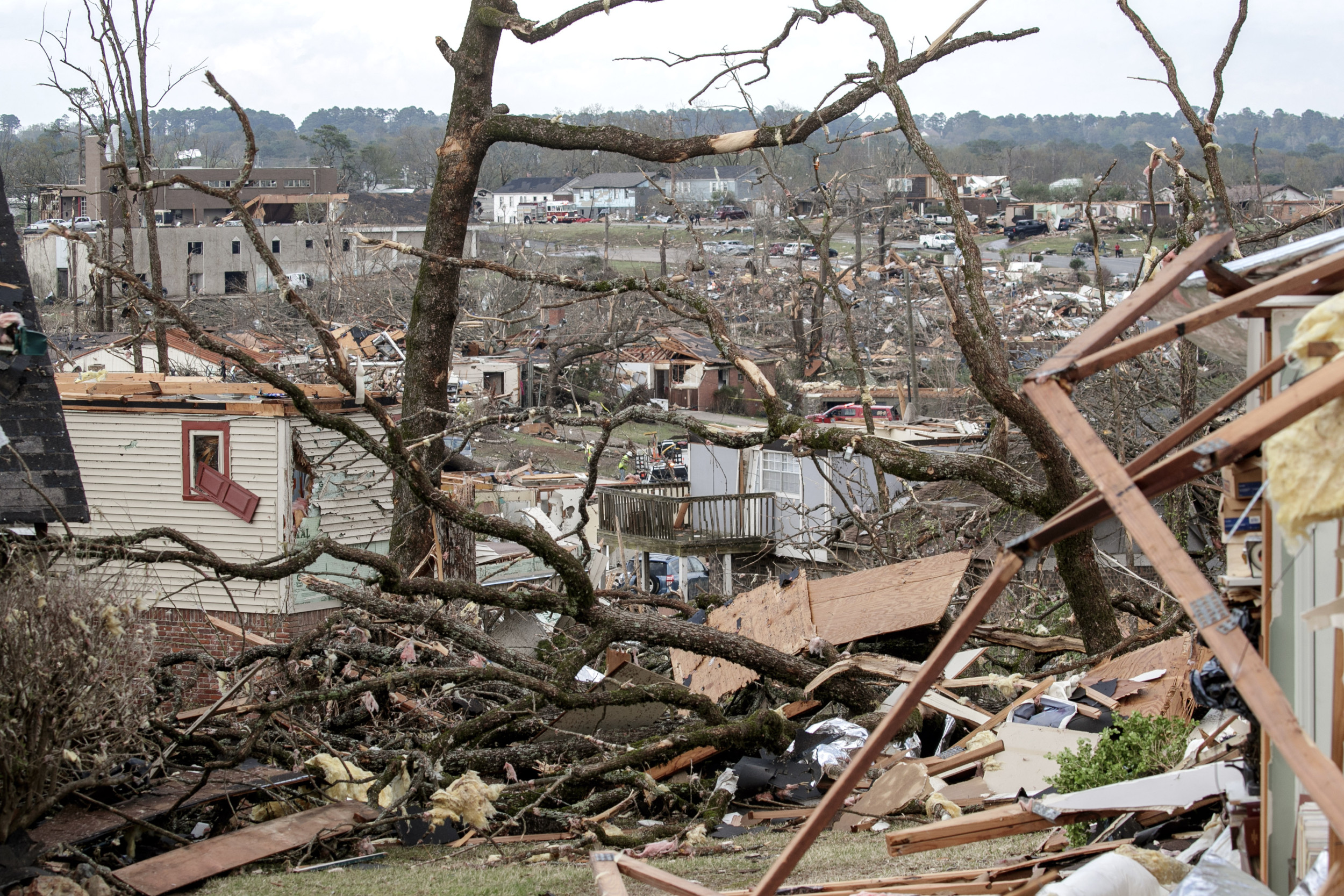Event Overview

Rogers ar tornado – On April 27, 2022, a devastating EF4 tornado tore through the city of Rogers, Arkansas, leaving a trail of destruction in its wake. The tornado, which was part of a larger outbreak of severe weather that swept across the Midwest, formed southwest of the city at approximately 6:30 pm local time. It then tracked northeastward, cutting a path of destruction that was over a mile wide and nearly seven miles long.
Impact on the Community
The tornado caused widespread damage to the city, destroying or damaging over 1,000 homes and businesses. The Rogers Police Department reported that at least six people were killed and dozens more were injured. The tornado also caused significant damage to the city’s infrastructure, knocking out power to over 50,000 people and damaging roads and bridges.
Eyewitness Accounts
One eyewitness, who was driving home from work when the tornado struck, described the scene as “complete chaos.” “I saw trees being uprooted and houses being ripped apart,” he said. “It was like something out of a movie.”
Another eyewitness, who was taking shelter in her basement, said that the tornado “sounded like a freight train.” “It was the most terrifying thing I’ve ever experienced,” she said.
Meteorological Analysis: Rogers Ar Tornado

The Rogers, AR tornado formed due to a combination of favorable meteorological conditions. A strong upper-level jet stream provided the necessary wind shear, while a warm, moist air mass provided ample instability. The presence of a dryline, a boundary between moist and dry air, further enhanced the tornado’s development.
Tornado Characteristics, Rogers ar tornado
The Rogers, AR tornado was an EF4 tornado with wind speeds estimated at up to 170 mph. It had a maximum width of approximately one mile and traveled a distance of 10 miles. The tornado’s long duration, estimated at 45 minutes, contributed to its destructive potential.
Factors Contributing to Severity
Several factors contributed to the tornado’s severity. The strong wind shear allowed the tornado to maintain its intensity for an extended period. The warm, moist air mass provided ample energy for the storm, while the dryline helped to focus the tornado’s energy. Additionally, the tornado formed in a relatively flat area, with few obstacles to impede its path.
Recovery and Response
In the immediate aftermath of the Rogers, Arkansas tornado, emergency services and volunteers responded swiftly to provide assistance to the affected communities. First responders worked tirelessly to rescue survivors, provide medical attention, and establish shelters for those who had lost their homes. Local volunteers organized food drives, clothing donations, and cleanup efforts, demonstrating the resilience and compassion of the community.
Long-Term Recovery
The long-term recovery process from the Rogers tornado was complex and multifaceted. Rebuilding efforts began almost immediately, with volunteers and construction crews working to repair and reconstruct damaged homes, businesses, and infrastructure. Community support played a crucial role in the recovery process, as local organizations and individuals provided financial assistance, counseling services, and other forms of support to those affected by the tornado.
The effectiveness of the response and recovery efforts was largely due to the coordination between government agencies, emergency services, volunteers, and community organizations. The lessons learned from this disaster have helped to inform best practices for disaster response and recovery, emphasizing the importance of early warning systems, community preparedness, and coordinated efforts between all stakeholders.